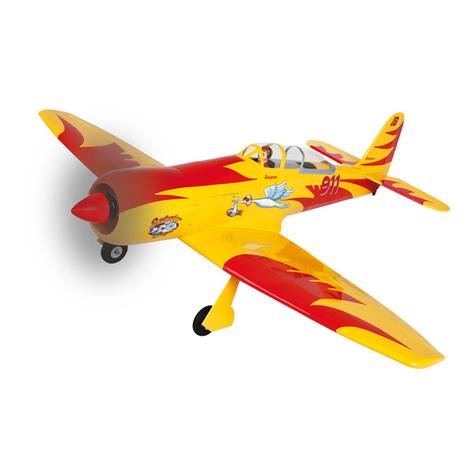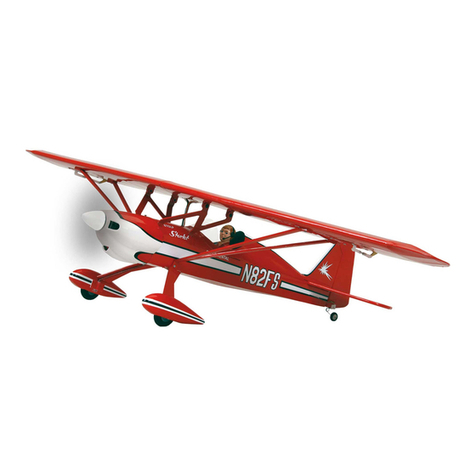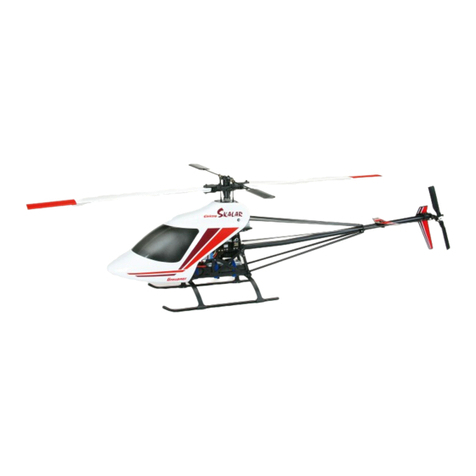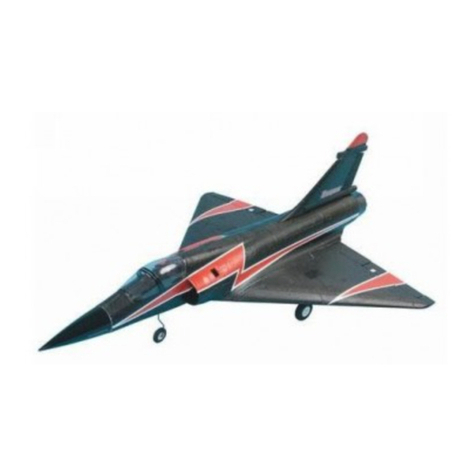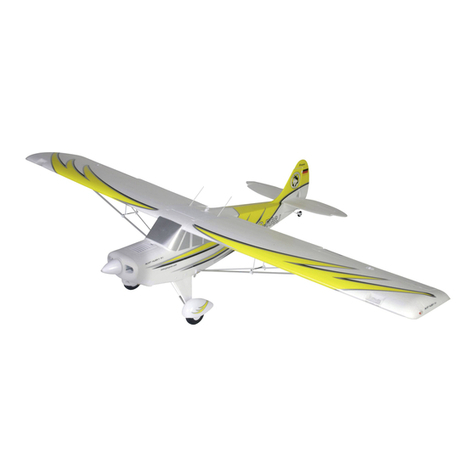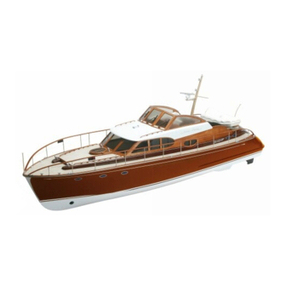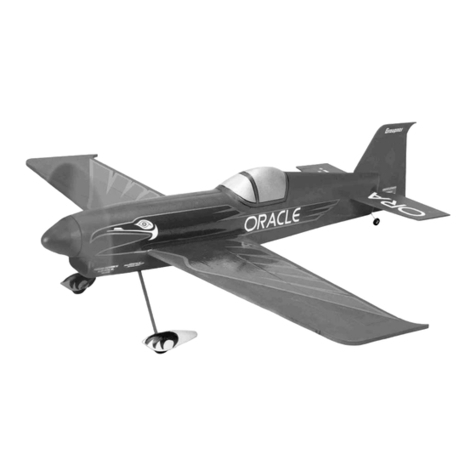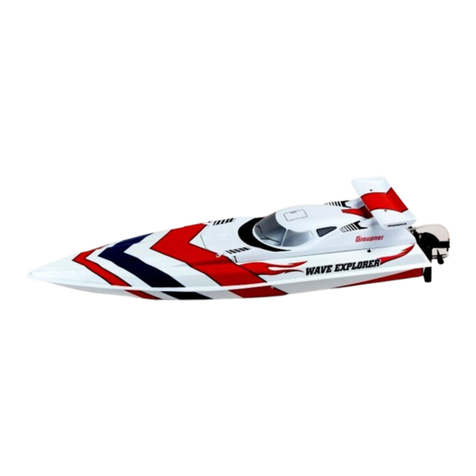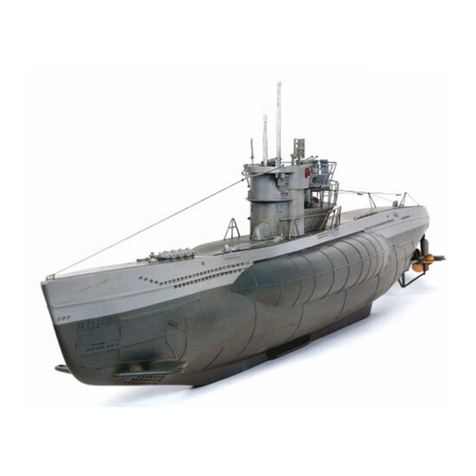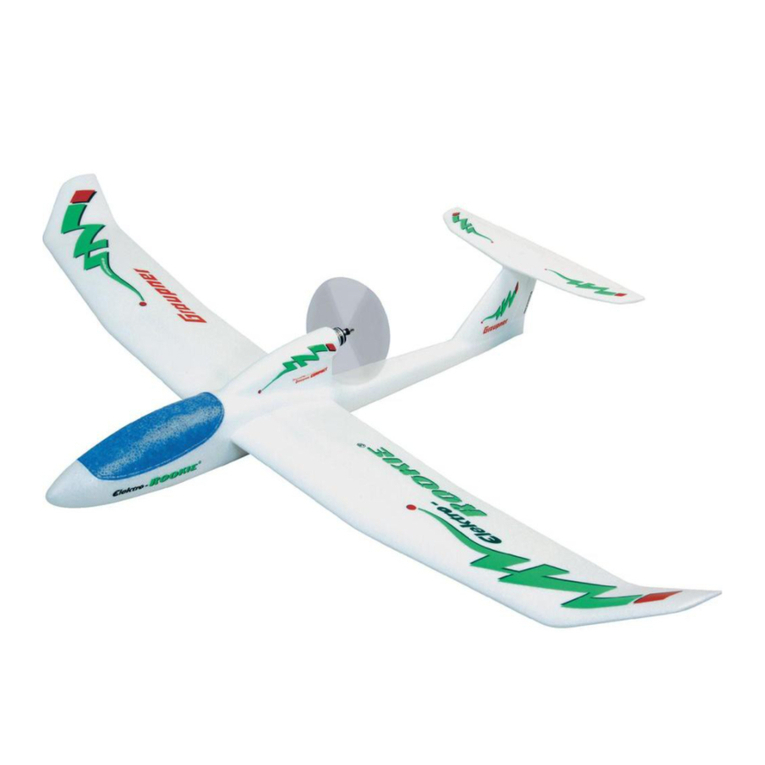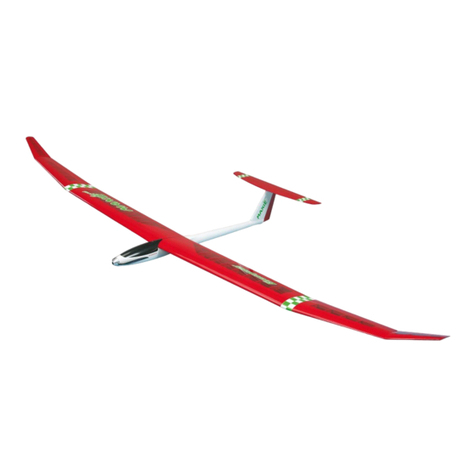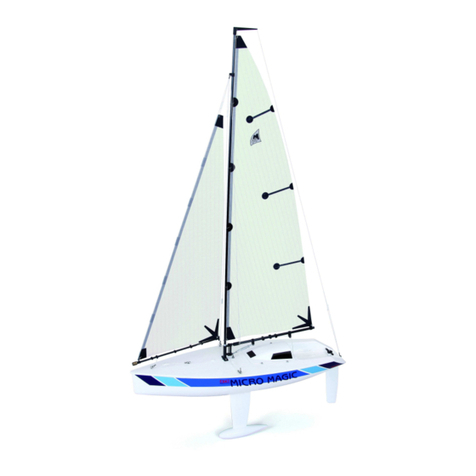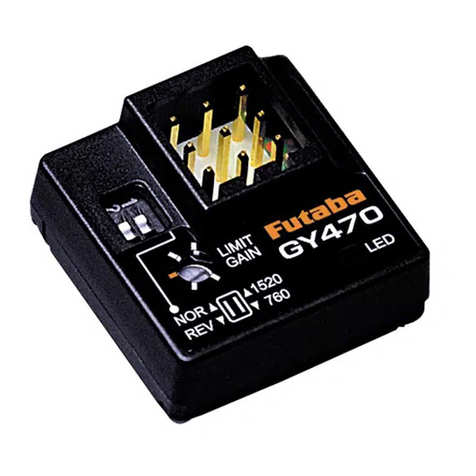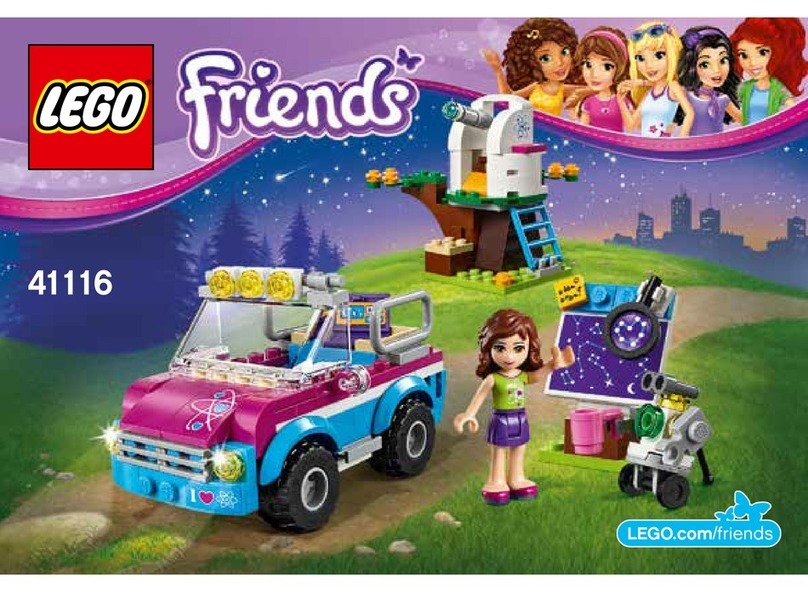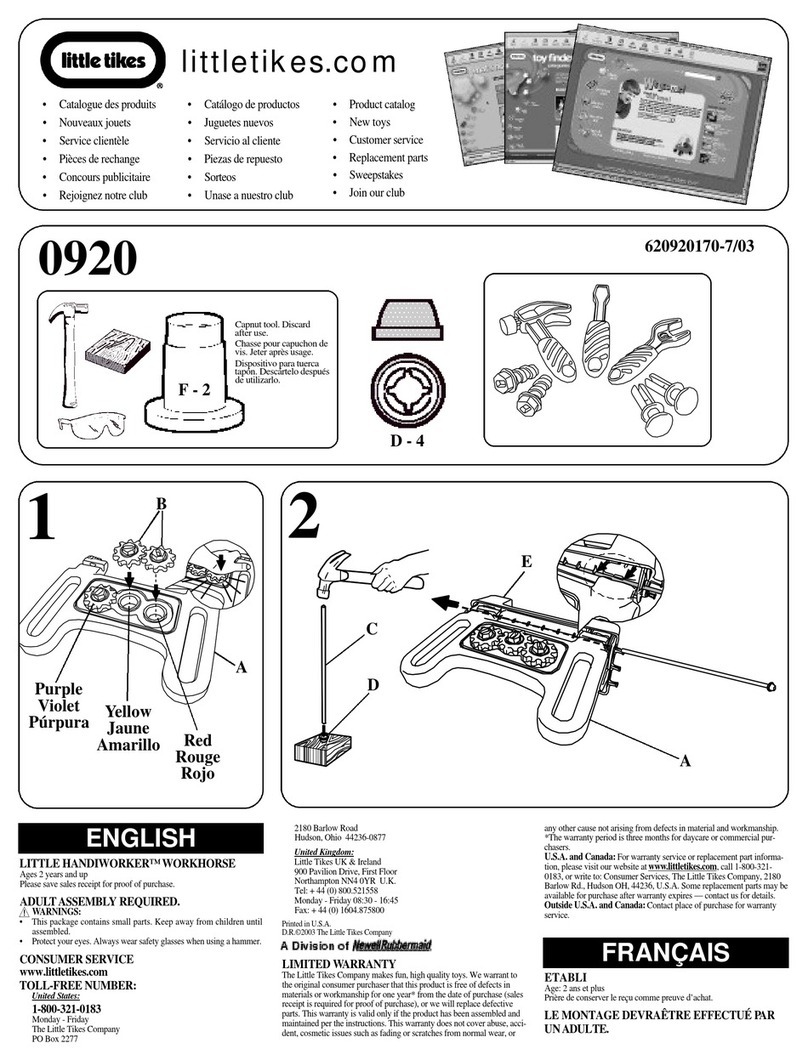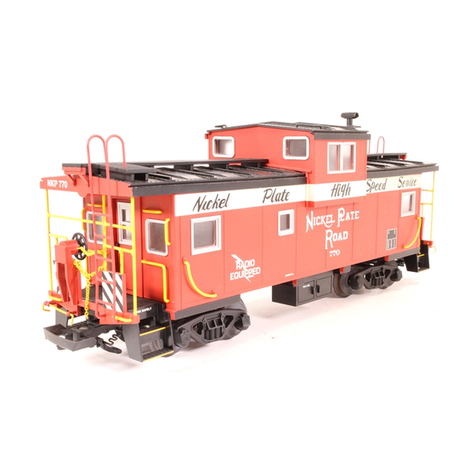GRAUPNER GmbH & Co. KG D-73230 KIRCHHEIM/TECK GERMANY
#0057088
Keine Haftung für Druckfehler. Technische Änderungen vorbehalten! No liability for printing errors. We reserve the right to introduce
modifications. Sous réserve de modifications! Nous ne sommes pas responsables d’éventuelles erreurs d’impression! 11/2006
23
guides (part 32), in the positions shown on the plan. Glue the sheet guides in the holes.
• Fit two fillister-head screws (part 33) in the deck in the positions shown on the plan, leaving a gap of about
0.5 mm between the deck and the screw-heads. These screws are used later to secure the jib boom and
the shrouds.
• Remove the ring-screw (part 34) from the end of the
tensioners without the notch; only this one end
features the right-hand M2 thread. Fit a washer (part
35) on each ring-screw, and screw them into the M2
captive nuts in the deck. IMPORTANT: take care not
to push the screws into the captive nuts, otherwise
they might come adrift inside the hull.
• Install the sail servo (part 36), the jib trim servo (part
37) and the switch (part 38) in the servo plate (part
11), using the retaining screws supplied with the
servos. Shorten the output arm of the jib trim servo
as shown on the plan. Screw the sail setting lever
(part 39) to the output arm (part 29) using four
fillister-head screws (part 33). Sand back the points
of the screws so that they end flush with the
underside of the sail setting lever.
• Assemble the pulley blocks (part 40), ensuring that the pulleys swivel freely; you may need to sand off the
rough edges from the injection-moulded parts. NOTE: the pulley blocks are made of a special low-friction
plastic. Screw the completed pulley blocks to the servo setting lever using fillister-head screws (part 33).
Note that the flat plate of the pulley blocks must rest on the lever. NOTE: the pulley blocks should be fixed
in place; they should not rotate with the pulleys.
• Thread the jib sheet (part 42) through the sheet guide into the hull from the outside. Run the sheet past the
right-hand side of the keel / mast socket, thread it through the pulley block and tie it to the servo arm on the
jib trim servo. TIP: secure the knot with a drop of cyano. TIP: the jib sheet could easily disappear into the
hull as you continue to work on the hull, so tie a toothpick or similar to the exposed end to prevent this.
NOTE: if you don’t wish to use a jib trim servo, simply tie the end of the jib sheet permanently to the rear
fixing hole for the jib trim servo.
• Screw the servo plate to the servo mount support
inside the hull using two fillister-head screws (part 41)
and two washers (part 43) (in the interests of clarity
the photo shows the hull without the deck fitted).
• Drill a 1.5 mm Ø hole to the left of the rudder servo,
and tie the end of the mainsail sheet (part 44) to it
permanently. Run the sheet through the pulley block
and then through the sheet guide.
• Tie the two rudder steering cables (part 45) to the
rudder servo output arm, and thread them through
the cable guides. Pass the steering cables through
the tiller and then through the tensioner (part 46). The
method of connecting the tensioners is shown on the
plan. Ensure that both tensioners are at
approximately the same position.
• Fix the four turnbuckles (part 47) in place using one
fillister-head screw (part 33) each. IMPORTANT: ensure that the turnbuckles are adjacent to the channel in
the deck when in the open position.
• Fit the keel (part 48) in the keel / mast socket using the appropriate adaptors (part 49). Trim the slot
gradually until there is space for the keel retaining screws at all three positions. TIP: you may have to sand
back the tongue of the keel and the adaptors in order to fit them in the keel / mast socket. NOTE: the keel
is always used in conjunction with the adaptor set, which permits three keel positions. Adaptor (B) is used
in order to position the keel towards the bow; adaptor (H) is fitted for the stern position, and both adaptors
(M) are used to obtain the central keel position.
• The keel ballast bulb (part 50) is a sand-casting; for this reason the surface is not smooth, and may contain
traces of sand. This must be filed off before the bulb is glued to the keel. IMPORTANT: lead is toxic.
Always use gloves when handling the material, take great care to sweep away metal particles and filings
immediately, and dispose off them in the appropriate way. It must not be ingested by man or beast!
• Fix the keel to the hull in the centre position, then place the model in the boatstand, parallel to the design
waterline. Now hold the keel bulb against the underside of the keel: the ballast bulb should lie parallel to the
